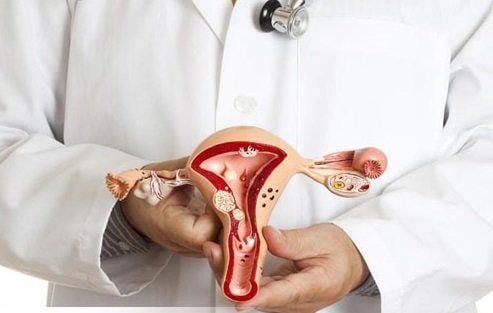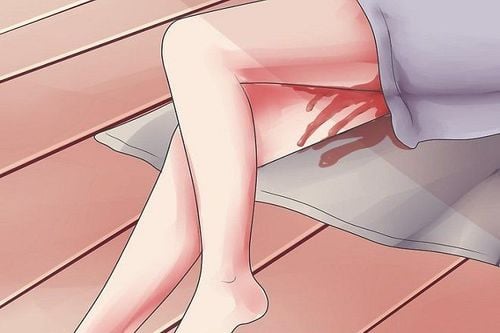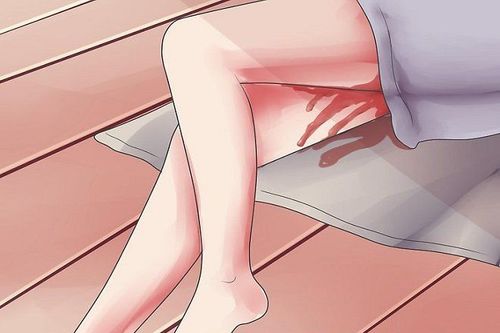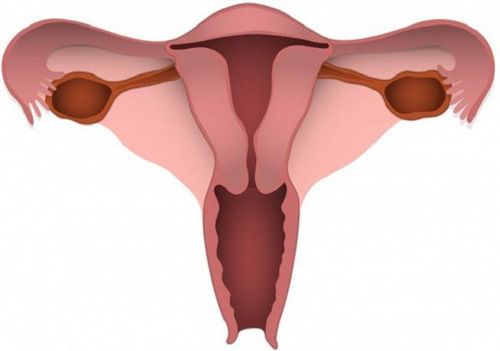This is an automatically translated article.
The article was professionally consulted with Doctor Pham Thi Mai Nhung - Obstetrician and Gynecologist - Department of Obstetrics and Gynecology - Vinmec International Hospital Da Nang.All women experience postpartum bleeding as the body expels secretions, mucus, and uterine tissue from the body. The following article will provide information that you need to know about postpartum discharge as well as normal and abnormal signs of this phenomenon.
1. Is postpartum bleeding normal?
It's correct. All women will lose some blood during and after giving birth. For a few days after you give birth, you will have a lot of vaginal bleeding. But rest assured, since your blood volume increases by about 50% during pregnancy, your body is well prepared for this normal blood loss.The cause is when the placenta separates from the uterus, exposing open blood vessels in the area where the placenta attaches to the uterus and blood will gush from these vessels to bleed into the uterus. After the placenta is delivered, the uterus continues to contract to help close those bleeding blood vessels and significantly reduce bleeding. If you had an episiotomy or perineal tear during delivery, you may also have bleeding from that site until it is stitched up.
Medical staff can massage your uterus and inject you with synthetic oxytocin (Pitocin) to help your uterus contract faster. Besides, breastfeeding will help your body naturally release oxytocin, which also works to help the uterus contract.
Sometimes, the uterus doesn't contract well after giving birth, resulting in excessive blood loss which is called postpartum hemorrhage.
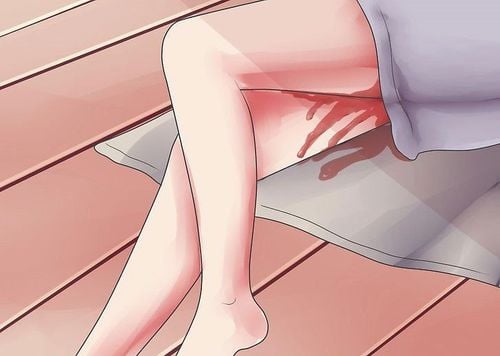
Tử cung co bóp không tốt dễ dẫn đến hiện tượng rong máu sau sinh
2. What is postpartum bleeding?
Postpartum bleeding (English name is Lochia) is a phenomenon of postpartum discharge in the vaginal tract during the postpartum period. (The term comes from a Greek word meaning "relative to childbirth."). This discharge includes blood, tissue from the lining of the uterus, and bacteria.During the first few days after giving birth, postpartum discharge contains a fair amount of blood, so it will be bright red and look like heavy menstruation. This symptom may alternate with lighter and more regular discharges. If you've been lying down for a while and blood has accumulated in your vagina, you may notice some small clots when you wake up.
If this discharge is getting smaller and lighter in color, this is a good sign. About two to four days after you give birth, the discharge will be watery and pink in color. By about ten days after birth, there is only a small amount of white or yellow-white discharge. At this point, the ingredients in the secretions are mainly white blood cells and cells from the lining of the uterus.
Postpartum discharge should subside before it stops for another two to four weeks, although a small number of women may still have intermittent patches or spots for several more weeks.
If you've started using a progestin-only pill ("minipill") or birth control shot (Depo-Provera), you're likely to have spotting for a month or more and that's completely normal.

Tiêm ngừa thai có thể khiến xuất tiết kéo dài trên một tháng
3. How to take care of postpartum discharge?
Initially, use adult diapers at the hospital. After you get home, you can use tampons or adult diapers depending on your discharge.Do not use tampons for at least six weeks postpartum, because these products are more likely to leave you vulnerable to infections in the healing vagina and uterus.
You should urinate often, even if you don't feel like peeing. During the first few days after you give birth, your bladder may be less sensitive than usual, so you may not feel the urge to urinate even if your bladder is quite full. In addition to causing urinary problems, a bladder with more urine will make it harder for your uterus to contract and lead to more bleeding.
Rest as much as possible. If you work too hard, you may bleed for longer or start bleeding again after your discharge clears up or goes away.
4. Signs of excessive bleeding
If you have red spots that reappear after your postpartum discharge has cleared, it could just be a sign that you need to pay attention. Call your midwife or doctor if the bleeding gets worse or:The discharge remains bright red four days after the baby is born. The discharge has a bad smell or you have a fever or chills, it could be a sign of a postpartum infection. If you have unusually heavy bleeding with symptoms such as wetting a tampon in just an hour or a blood clot larger than a chicken egg, this is a sign of late postpartum hemorrhage and you need to go to a medical facility. right away.

Khi thấy chảy máu quá nhiều nên gọi cho hộ sinh hoặc bác sĩ để cấp cứu kịp thời
Methods to relieve pain during childbirth, limit pain and relieve psychological pressure during labor. The way to push and breathe during childbirth is usually the right way so that the labor takes place quickly, the pregnant woman does not lose strength during childbirth. How to control postpartum uterine contractions in the shortest time. How to take care of the perineal suture does not cause infection and dangerous complications. Early postpartum re-examination to detect dangerous abnormalities such as residual placenta, missing gauze. Take care of newborn until full month healthy. To ease the pain of childbirth, Vinmec offers a full Maternity program with a complete "painless delivery" service during and after birth using non-morphine epidural and sedation techniques. ashamed. During the birth process, the mother will be guided by the midwives on how to push and breathe properly, the baby will be born in just 10-15 minutes. After birth, the baby will be cared for in a sterile room before being returned to the mother.
Pregnant women will rest in a high-class hospital room, designed according to international hotel standards, 1 mother 1 room with full facilities and modern equipment. Mothers will be consulted by nutritionists on how to feed the baby before being discharged from the hospital. Postpartum follow-up with both mother and baby with leading Obstetricians and Pediatricians.
If you have a need for medical examination at Vimec Health System nationwide, please make an appointment on the website to be served.
Please dial HOTLINE for more information or register for an appointment HERE. Download MyVinmec app to make appointments faster and to manage your bookings easily.
Reference source: babycenter.com



